General Structure of Viruses- Viral Capsid, Envelop and Genome
The infectious complete body of the virus is called a virion. The general structure of viruses constitutes nucleic acid and capsid. Therefore, the virus is generally called a nucleocapsid. Some viruses also have an envelope.
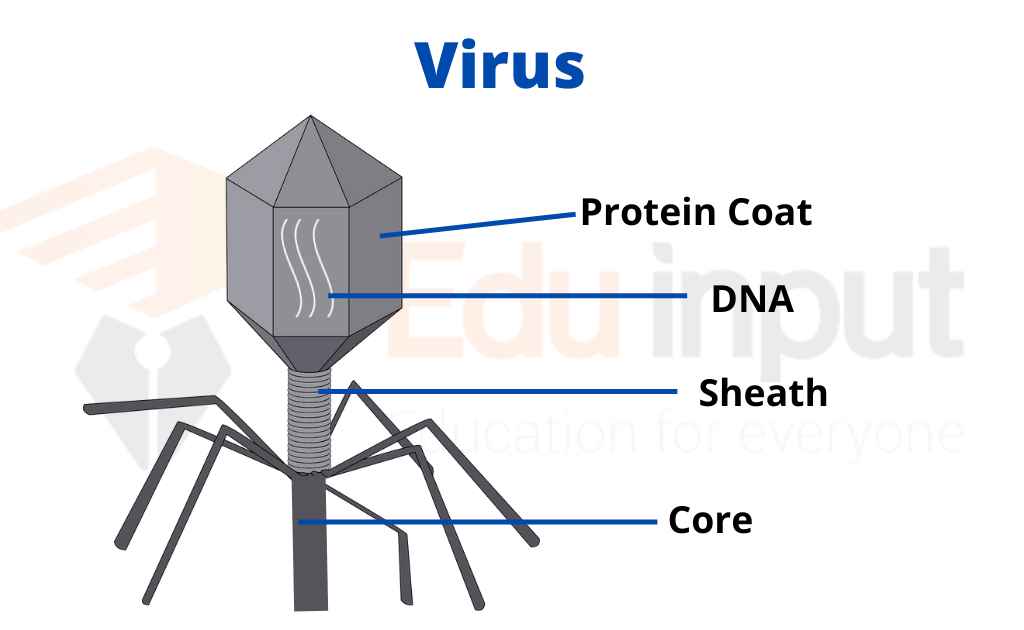
General Structure of Viruses
Viruses are composed of;
- Capsid
- Envelope
- Nucleic Acid (Viral Genomes)
Capsid of Virus
The capsid is a protein shell. It encloses nucleic acid. The virus is called nucleocapsid with its enclosed nucleic acid. This shell is composed of protein organized in subunits known as capsomers (Capsomere).
Several capsomers vary in different viruses. For example, the Tobacco mosaic virus has a thousand molecules of a single type of protein. Adenoviruses have 252 identical protein molecules. These molecules are arranged in a polyhedral manner to form a capsid. It has 20 triangular facets.
Capsomers are closely associated with nucleic acid. Capsomers are involved in giving shape to viruses. These shapes may be rod-shaped helix or polygon-shaped spheres.
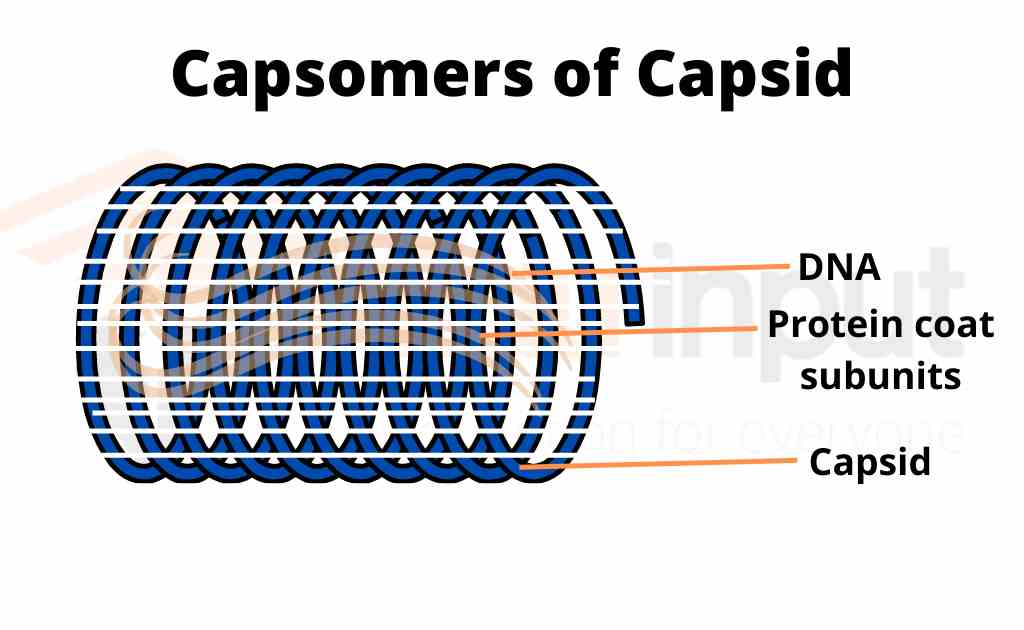
Functions of Capsid
The capsid has three functions:
a) It protects the nucleic acid from digestion by enzymes of the host.
b) It contains special sites on its surface. This site allows the virion to attach to a host cell.
c) It provides proteins. These proteins enable the virion to penetrate the host cell membrane. In some cases, its proteins inject infectious nucleic acid into the cytoplasm of the host.
Normally, viral RNA is present in a liquid suspension of protein molecules. It assembles a capsid and becomes functional. Now it becomes an infectious virus.
Envelope Of Virus
Many types of viruses have a glycoprotein envelope. This envelope surrounds the nucleocapsid. Such viruses are called enveloped viruses. The viruses without envelopes are called naked viruses. The envelope is composed of a lipid bilayer. These layers are interspersed with protein molecules (lipoprotein bilayer).
The envelope contains material from the membrane of a host cell as well as that of viral origin. The virus attains the lipid bilayer from the cell membrane. However, the virus replaces proteins in the cell membrane with their proteins. It creates a hybrid structure of cell-derived lipids and virus-derived proteins.
Many viruses develop spikes on their envelopes. These spikes are made up of glycoprotein These spikes help them to attach to specific cell surfaces. Many viruses found in animals have membranous envelopes. All the plant viruses and phage viruses are without an envelope.
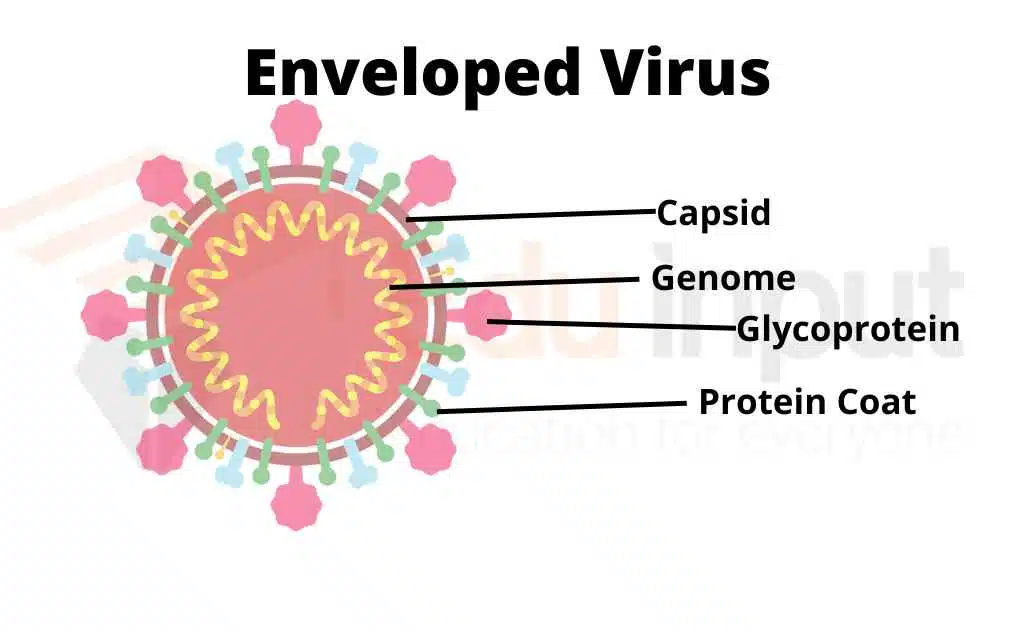
Nucleic Acid (Viral Genomes)
The genomes of different viruses (sets of genes) may consist of double-stranded DNA, single-stranded DNA, double-stranded RNA, or single-stranded RNA. Thus a virus is named a DNA virus or an RNA virus based on the type of nucleic acid present in it. The genome is present in linear or circular form.
The smallest viruses have only four genes. But the largest have several hundred genes. The virions with a single copy of the gene are called haploids. The retroviruses contain two identical RNA strands. They are called diploids.
The nucleic acid of each virus encodes genetic information for the synthesis of proteins. This function is performed by double-stranded DNA in prokaryotic and eukaryotic cells. Only a few groups of viruses use DNA. Most viruses maintain all their genetic information with single-stranded RNA.
Types of RNA-Based Viruses
There are two types of RNA-based viruses:
a) Mostly, genomic RNA is called a plus strand. It acts as a messenger RNA during the translation of viral protein.
b) A few viruses have negative strands of RNA. In these viruses, the virion has an enzyme, called RNA-dependent RNA polymerase (transcriptase). This enzyme must first catalyze the production of complementary messenger RNA (mRNA) from the virion genomic RNA. Viral protein synthesis can occur.
Related FAQs
What are the general structures of viruses?
The general structure of the virus includes;
Envelope
A molecule of nucleic acid
Protein coat or Capsid
What is Nucleocapsid?
The virion consists of nucleic acid and capsid. This capsid and its enclosed nucleic acid together make a structure called Nucleocapsid.
What is the structure of a virus?
The capsid is a protein shell. It encloses nucleic acid. The virus is called nucleocapsid with its enclosed nucleic acid. This shell is composed of protein organized in subunits known as capsomers (Capsomere).
Do viruses have an envelope?
Not all enzymes have an envelope. But most enzymes possess a nuclear envelope that encloses their genetic material.


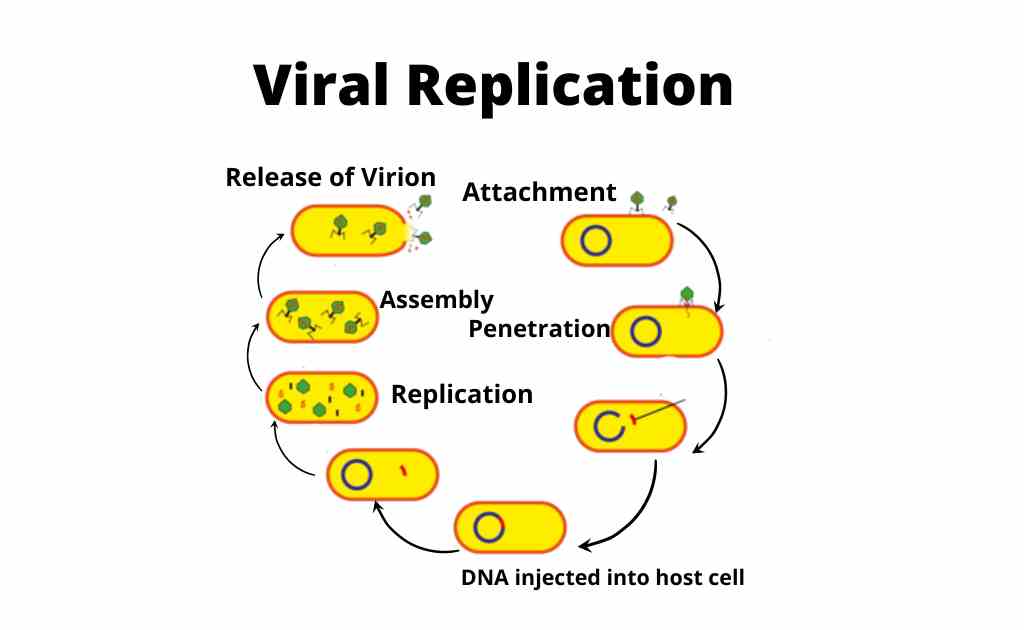
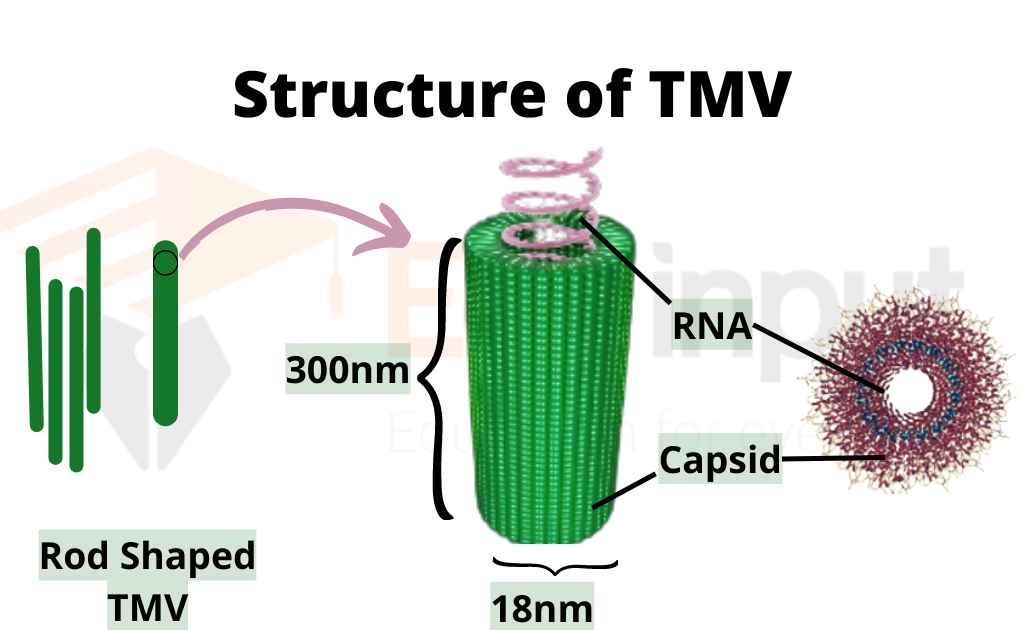



Leave a Reply